|
|
|
|
|
|
|
|
Photo Gallery for Acris crepitans - Eastern Cricket Frog
| 23 photos are shown. |
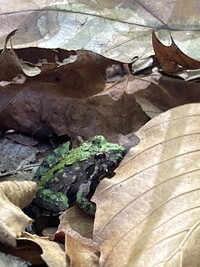 | Recorded by: Stephanie Willis
Guilford Co. | 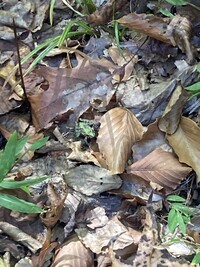 | Recorded by: Stephanie Willis
Guilford Co. |
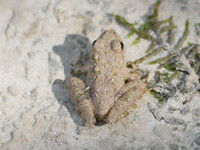 | Recorded by: Al Hooks
Johnston Co. |  | Recorded by: Al Hooks
Johnston Co. |
 | Recorded by: Al Hooks
Johnston Co. |  | Recorded by: Steve Hall,
Chatham Co. |
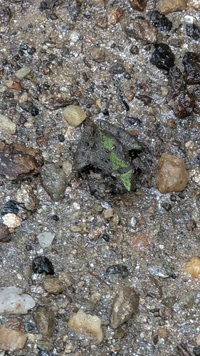 | Recorded by: Alina Martin
Clay Co. | 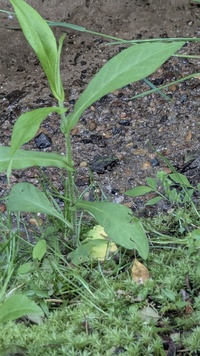 | Recorded by: Alina Martin
Clay Co. |
 | Recorded by: Alina Martin
Clay Co. | 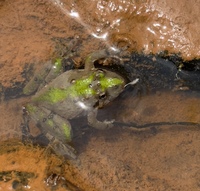 | Recorded by: Matt Perry
Surry Co. |
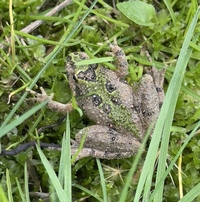 | Recorded by: Matt Perry
Yadkin Co. |  | Recorded by: Steve Hall, Pat Coin, David George, and Mark Basinger
Chatham Co. |
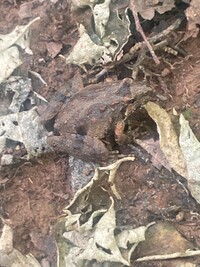 | Recorded by: Stephanie Willis
Chatham Co. | 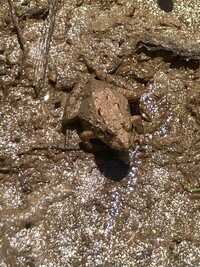 | Recorded by: Stephanie Willis
Guilfrod Co. |
 | Recorded by: David George, Steve Hall, Carol Tingley
Chatham Co. | 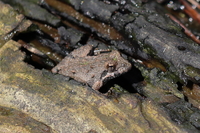 | Recorded by: Travis McLain
Anson Co. |
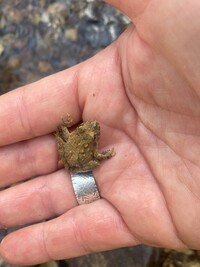 | Recorded by: Stephanie Willis
Randolph Co. | 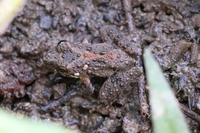 | Recorded by: Travis McLain
Gaston Co. |
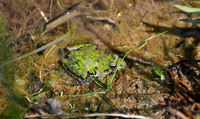 | Recorded by: J. Mickey
Surry Co. |  | Recorded by: Steve Hall
Orange Co. |
 | Recorded by: Owen McConnell
Durham Co. |  | Recorded by: Owen McConnell
Durham Co. |
 | Recorded by: Steve Hall
Orange Co. |

 »
»



 »
»

